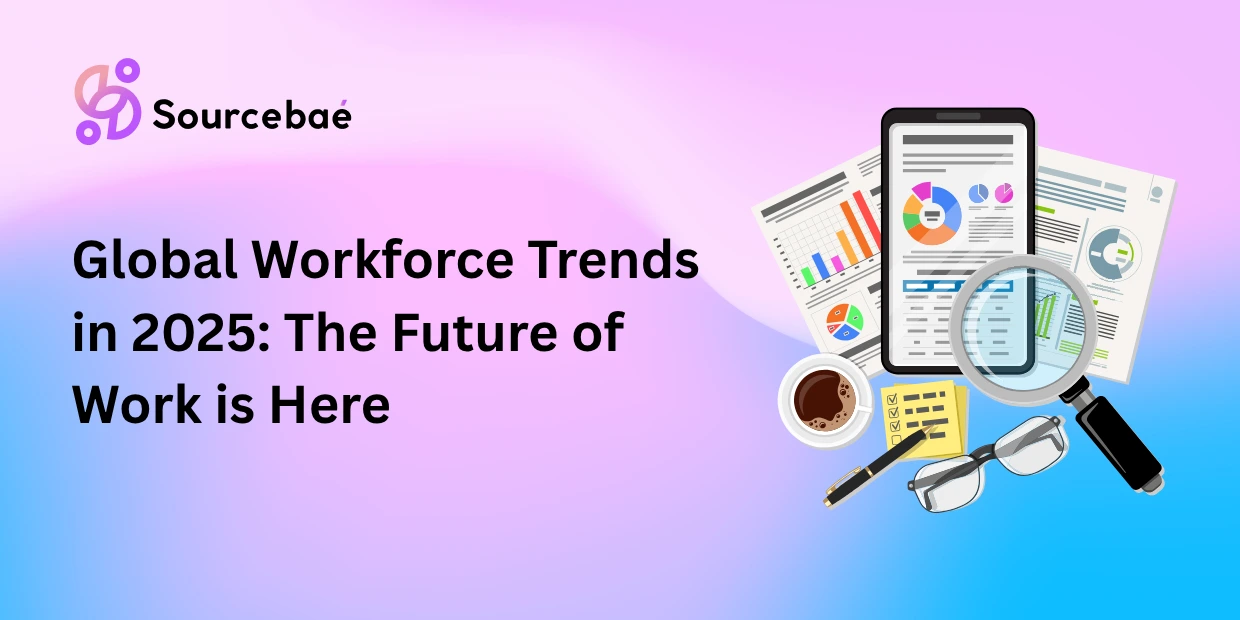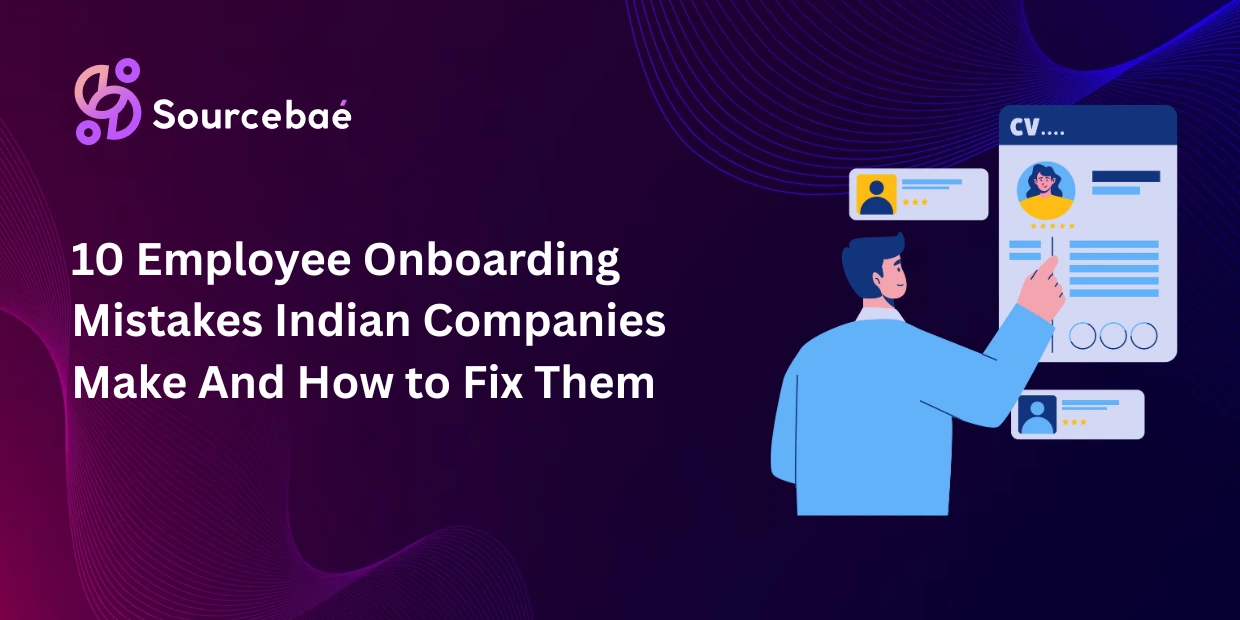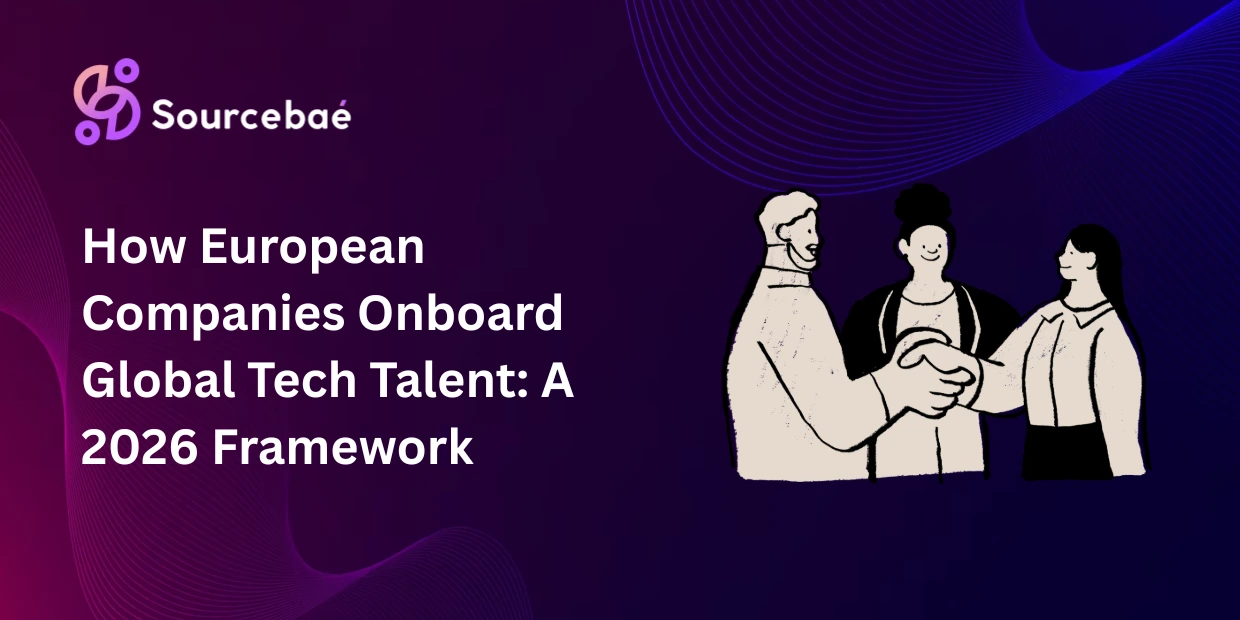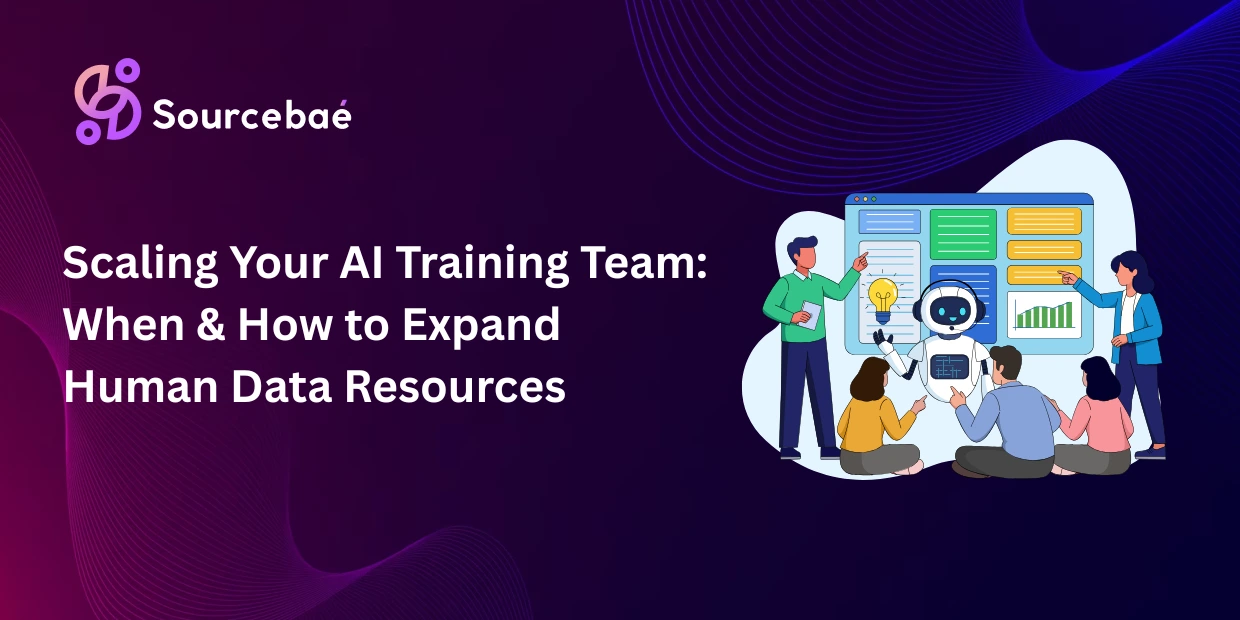The workplace landscape is undergoing a profound transformation in 2025. As we navigate through technological disruptions, evolving employee expectations, and demographic shifts, global workforce trends are reshaping how organizations operate and how people work. This comprehensive analysis explores the key trends that will define the future of work and help organizations adapt to remain competitive.
The Current State of the Global Workforce
The global workforce in 2025 faces unprecedented challenges and opportunities. With artificial intelligence and automation transforming industries, remote work becoming mainstream, and skills gaps widening across sectors, organizations must adapt quickly to survive. According to recent research, the workforce transformation is no longer a gradual process but an urgent necessity for business survival.
Employee engagement has reached critical levels, with only 23% of employees worldwide reporting active engagement, while burnout and emotional detachment continue to climb. This creates a pressing need for organizations to reimagine their workforce strategies and employee experience initiatives.
Key Global Workforce Trends Shaping 2025
Hybrid Work Models Become the New Standard
The hybrid work model has evolved from a pandemic response to a permanent fixture in modern workplaces. In 2025, approximately 32.6 million Americans work remotely, representing 22% of the workforce. More importantly, 83% of workers globally prefer hybrid arrangements that balance flexibility with collaboration.
Organizations are discovering that hybrid work arrangements offer significant benefits:
- Improved work-life balance contributing to greater employee retention
- Access to a broader talent pool beyond local labor markets
- Cost savings on office space, allowing reinvestment in employee support
However, the shift requires sophisticated workforce management strategies to maintain productivity and team cohesion across distributed teams.
Artificial Intelligence Reshapes Job Roles
AI integration in the workplace is fundamentally altering job descriptions and creating new opportunities. Research indicates that 39% of key skills required in the job market will change by 2030, with technological skills leading the transformation.
The impact of AI on employment is complex:
- AI-enhanced roles are increasing, with workers who have AI skills earning significantly higher wages
- 85% of employers plan to prioritize upskilling their workforce by 2030
- 59% of workers will need some form of training to stay relevant in the evolving job market
Organizations are learning that AI serves as a tool to enhance worker efficiency rather than simply replace human workers, creating new categories of human-AI collaboration roles.
Skills-Based Hiring Transforms Recruitment
The shift from degree-based to skills-based hiring represents one of the most significant changes in talent acquisition. 90% of companies report making better hires when focusing on skills rather than degrees, with 94% finding that skills-based hires outperform those hired based on traditional credentials.
This transformation is driven by:
- Skills gaps affecting 87% of companies currently or within five years
- The need for agile workforce capabilities in rapidly changing industries
- Growing recognition that practical skills matter more than academic qualifications
Skills-based hiring can expand talent pools by 6.1x globally, offering substantial increases in potential candidates across industries and geographies.
Upskilling and Reskilling Become Business Imperatives
The World Economic Forum predicts that 60% of all workers will need upskilling or reskilling by 2025, creating a net gain of 12 million new jobs globally. This massive workforce transformation requires strategic investment in continuous learning and professional development.
Key areas for skill development include:
- AI and big data technologies
- Networks and cybersecurity
- Creative thinking and problem-solving
- Resilience, flexibility, and agility
- Digital literacy and technology adoption
Organizations are implementing corporate training programs, microlearning initiatives, and partnerships with educational institutions to address skill gaps proactively.
Employee Well-being and Mental Health Take Center Stage
Mental health in the workplace has become a strategic priority rather than a nice-to-have benefit. With 80% of workers reporting significant job-related stress and 71% of American adults experiencing mental health issues like stress and anxiety, organizations are implementing comprehensive wellness programs.
Effective employee wellness initiatives include:
- Mental health support through counseling services and helplines
- Flexible working arrangements to improve work-life balance
- Stress management programs and mindfulness training
- Physical activity and wellness challenges
- Employee assistance programs providing holistic support
The return on investment is significant, with companies seeing reduced healthcare costs, lower absenteeism, and improved productivity when prioritizing employee well-being.
Diversity, Equity, and Inclusion Drive Innovation
DEI initiatives are evolving from compliance-driven programs to strategic business imperatives. Organizations are embedding diversity and inclusion into their core business strategies, recognizing that diverse teams drive better decision-making and innovation.
2025 DEI trends include:
- AI-driven personalization for inclusive employee experiences
- Data-driven strategies to measure and improve diversity outcomes
- Psychological safety and belonging as core organizational values
- Neurodiversity and disability inclusion becoming central pillars
- Intersectional approaches to address multiple dimensions of diversity
Companies implementing comprehensive DEI strategies report improved employee engagement, enhanced innovation, and stronger financial performance.
The Four-Day Work Week Gains Momentum
The four-day work week is transitioning from experiment to mainstream adoption. Studies involving 245 organizations and 8,700 employees show that the 100-80-100 model (100% pay for 80% hours while maintaining 100% productivity) delivers significant benefits.
Results include:
- 65% increase in productivity during trials
- 78% of employees report lower stress and burnout levels
- 92% of US employees would consider moving to a company offering a four-day work week
- Improved environmental sustainability through reduced commuting
Organizations implementing shorter work weeks are seeing improved employee retention, recruitment advantages, and operational efficiency.
Green Jobs and Sustainability Careers Expand
The green economy is creating unprecedented opportunities for sustainable careers. Green jobs are projected to grow at three times the rate of conventional jobs by 2025, with sustainability-focused roles commanding 15-25% higher salaries than traditional counterparts.
High-demand green career opportunities include:
- Renewable energy specialists and solar engineers
- Sustainability consultants and ESG reporting experts
- Environmental scientists and conservation specialists
- Green building architects and sustainable design professionals
- Climate technology developers and carbon accounting specialists
The green skills revolution is driven by climate policies, consumer demand for sustainable products, and economic incentives aligning with environmental goals.
Gig Economy Evolution and Flexible Work
The gig economy is expanding beyond traditional freelance roles to include highly skilled professional work. By 2025, gig workers are expected to make up nearly 50% of the U.S. workforce, with the global gig workforce exceeding 1.6 billion people.
Key developments include:
- Specialized freelancing in IT, finance, healthcare, and marketing
- AI-powered platforms matching workers with opportunities
- Enhanced regulations protecting gig worker rights and benefits
- Blended teams integrating gig workers with full-time employees
- Global remote opportunities expanding beyond geographical boundaries
The evolution toward flexible employment models requires new approaches to workforce management, compliance, and employee experience.
Demographic Shifts Reshape Labor Markets
Demographic changes are creating both challenges and opportunities in the global workforce. High-income countries face aging populations, while developing economies experience expanding working-age populations.
Key demographic trends include:
- 40% of employers in high-income countries affected by aging populations
- 25% of developing countries providing 59% of global working-age population by 2050
- Digital natives (Gen Z and younger) making up 75% of the workforce by 2030
- 9.1 million net new jobs created by growing working-age populations in developing countries
Organizations must adapt their talent strategies to address these demographic shifts through inclusive hiring, multigenerational workforce management, and global talent sourcing.
Implementing Global Workforce Trends in Your Organization
Strategic Workforce Planning
Organizations must develop strategic workforce planning capabilities that anticipate future skill needs and align talent development with business objectives. This involves:
- Skills gap analysis to identify current and future capability requirements
- Scenario planning for different workforce futures
- Talent pipeline development through partnerships with educational institutions
- Succession planning that considers evolving role requirements
Technology Integration
Digital transformation requires thoughtful integration of new technologies to enhance rather than replace human capabilities:
- AI-powered HR tools for talent acquisition and performance management
- Learning management systems for continuous skill development
- Employee experience platforms for engagement and communication
- Analytics and data visualization for workforce insights
Cultural Transformation
Building a future-ready workforce requires cultural change that embraces adaptability, continuous learning, and inclusive collaboration:
- Change management programs to support workforce transitions
- Leadership development for managing distributed and diverse teams
- Employee empowerment through autonomous work arrangements
- Innovation culture that encourages experimentation and learning
The Future of Work: Preparing for 2030 and Beyond
As we look toward the future, several mega-trends will continue shaping the global workforce:
Continued Technological Integration
Artificial intelligence, automation, and emerging technologies will create new job categories while transforming existing roles. Organizations must balance human capabilities with technological efficiency to remain competitive.
Sustainability Focus
Environmental sustainability will become central to business strategy, creating demand for green skills and sustainable business practices across all industries.
Flexible Work Evolution
Work flexibility will continue evolving beyond location independence to include flexible career paths, project-based work, and portfolio careers.
Human-Centric Leadership
Leadership models will emphasize empathy, emotional intelligence, and human connection as technology handles routine tasks.
Conclusion: Embracing the Future of Work
The global workforce trends of 2025 represent both challenges and opportunities for organizations worldwide. Success requires proactive adaptation to changing employee expectations, technological capabilities, and market conditions.
Organizations that embrace hybrid work models, invest in skills development, prioritize employee well-being, and foster inclusive cultures will be best positioned to thrive in the evolving workplace landscape.
The future of work is not a destination but a continuous journey of adaptation and growth. By understanding and implementing these global workforce trends, organizations can build resilient, engaged, and high-performing teams ready for whatever challenges and opportunities lie ahead.
As we move forward, the key to success lies in viewing these trends not as isolated changes but as interconnected elements of a comprehensive workforce transformation strategy. The organizations that master this integration will define the future of work and create sustainable competitive advantages in an increasingly complex global economy.





